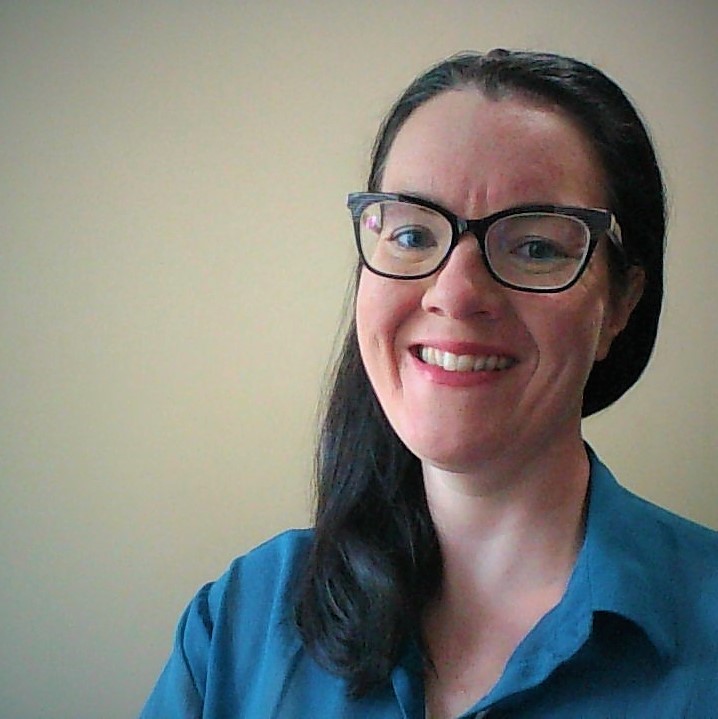
Langues
Planned Giving Summer School Series: Getting an A+ on your next Supporter Survey

Alright class, I know it is sunny out, but it is time to buckle down and go over how to sail through your next supporter survey with flying colours. Remember, there will be a test!
Let’s review some key elements of a great survey:
Start with the end in mind
The end, is of course, getting lots of responses so you have as much donor information as possible. So, your tangible goal is for the supporter to put the survey back in the mail (or hit “Send”), therefore, and make note of this as it will be on the final exam, you need to:
- Make it visually appealing so they actually look at the survey – use colour, use images, choose images of people, ideally seeing their faces and particularly their eyes[i].
- Make it easy to complete – allow for a lot of space, make it easy to read (particularly for older donors), make the instructions clear, and if you are wanting donors to write in answers, be sure to keep your line spacing wide.
- Do not make it anonymous – with a legacy giving survey one of the key purposes is to get supporters to self-identify as future legacy donors, or prospective legacy donors – so you need their information to properly follow-up with them later.
- Most importantly, keep it short! Your survey should take 5 -10 minutes to complete at most, with between 10 and 15 total questions, and each question with ideally less than 10 response options[ii].
Keep it personal
We talked last class about treating your donors as human beings, and this is crucial in a survey so people will respond. For surveys, here are the key ways you can personalize the experience and drive-up response rates:
- Write a short, personal letter to accompany the survey. Don’t be overly formal, just a genuine request to complete the survey.
- Personalize the package – don’t use the standard window envelope recipients see as being an ask. Use a different size, colour or image. Use a real stamp. Handwrite addresses, or use a third-party with this capability.
- Phone the donor on the day you expect the survey is landing on their doorstep (or the day after). Let them know you are particularly interested to hear their input, and that it should not take much time to complete.
- But here’s the real secret – do not make the survey just an information gathering expedition. It should be seen as an opportunity for the donor to have a moment of guided reflection on their life, their values and how those connect to your organization. This is where it becomes truly personal.
Now the test: Since you’re such a great class, as a courtesy, I will provide constructive criticism on your survey if you send it to me along with any response rate information. Email aimee@refocuscommunications.com by August 31st, to get your final grade.
[i] National Geographic: How we learn to see faces http://phenomena.nationalgeographic.com/2013/09/12/how-we-learn-to-see-faces/
[ii] Constant Contact: Survey Best Practices https://www.constantcontact.com/aka/docs/pdf/Top10SurveyBestPractices.pdf
Other posts from the Planned Giving Summer School Series:
- La Dolce Vita and Other Summer Stories by Jen Love
- Houston, we have a problem by Leah Eustace, CFRE, ACFRE
- Be a summer school seditionist and raise millions by David Kravinchuk



Ajoutez le commentaire